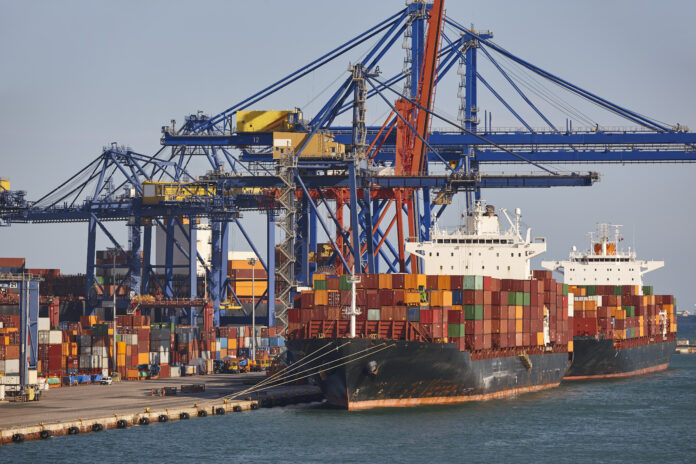For small and mid-sized economies like Sri Lanka, the global market is not just a destination for surplus goods. It is the primary engine for growth, employment, and foreign exchange. Yet Sri Lanka’s export performance has long fallen short of its potential. The country has failed to diversify both its product base and its markets. In an increasingly fragmented and competitive world, this is no longer a weakness. It is a systemic risk.
Sri Lanka’s export basket remains narrow. Tea, garments, and rubber products continue to dominate, with limited movement into high-value sectors. Even within apparel, the country has lost ground to lower-cost competitors and countries with deeper trade integration.
Meanwhile, promising sectors such as ICT services, agro-processing, and high-end tourism remain underdeveloped and under-promoted on the global stage.
The global trade environment itself is changing. The unipolar order that once anchored global trade around Western demand and liberalization is giving way to a multipolar system defined by regional alliances, digital trade corridors, and political considerations. Trade is no longer just about comparative advantage. It is increasingly about strategic alignment, supply chain trust, and geopolitical leverage.
Countries like Vietnam, Bangladesh, and even smaller African nations have aggressively pursued export-led strategies by embedding themselves into regional and global value chains.
They have courted foreign direct investment, signed favorable trade agreements, and invested in logistics, energy, and industrial zones. Sri Lanka must take a similar approach, but with greater urgency and strategic focus.
Diversification is the first pillar. The country needs to expand into sectors where it has latent advantage, from cinnamon and aquaculture to software services and renewable energy. But this requires more than investment. It demands a cohesive export development policy that brings together private sector incentives, trade diplomacy, innovation hubs, and targeted branding.
The second pillar is market intelligence and agility. Sri Lankan exporters must be equipped with real-time data on shifting global demand, sustainability standards, and non-tariff barriers. The government must act not only as a regulator but as an enabler, providing trade finance, logistics support, and diplomatic facilitation in emerging markets.
The third is strategic alignment. Sri Lanka must use its position in the Indian Ocean to secure trade partnerships not just with traditional Western markets, but also with new regional powers in Asia, the Middle East, and Africa. The Indo-Pacific Economic Framework, African Continental Free Trade Area, and BRICS+ corridors should all be on the radar of trade planners.
An export-led growth model is not a choice for Sri Lanka. It is a necessity. Domestic consumption alone cannot sustain economic development, especially in the context of debt repayment, demographic pressure, and limited fiscal space. Export earnings are the gateway to investment, job creation, and macroeconomic stability.
The world is not waiting. Global trade flows are shifting, digitalization is redefining logistics, and green standards are becoming the norm. Sri Lanka must either adapt to these realities or be left behind. Export or perish is not a slogan. It is a strategy for survival.




